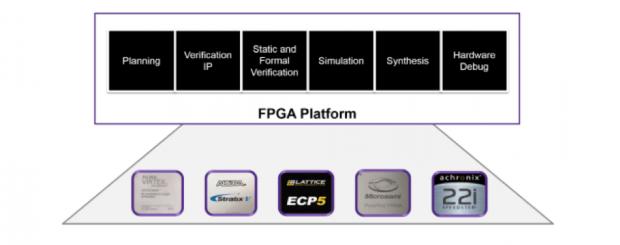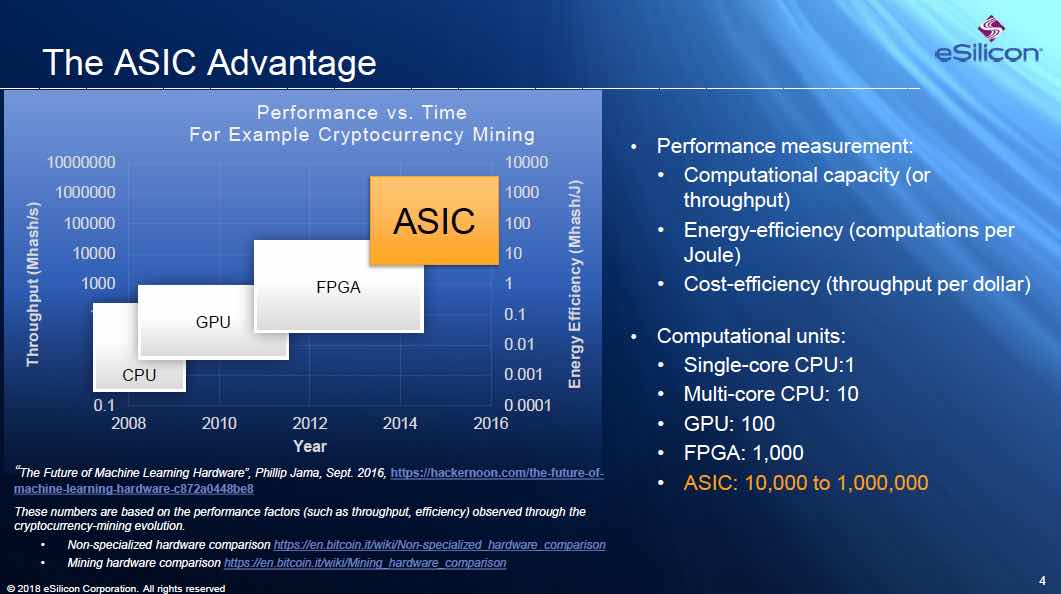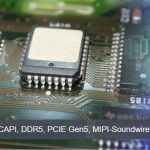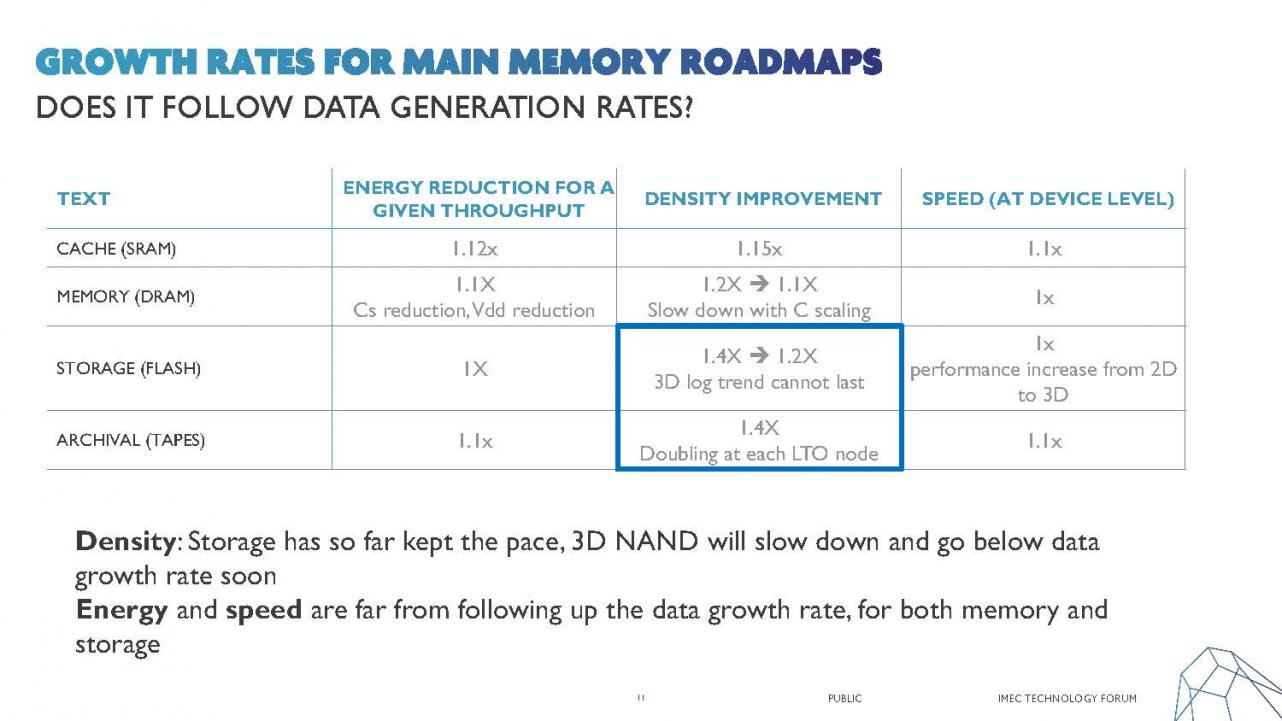When I first started blogging in 2009 my sound byte was, “I blog for food” and the first lunch invitation I received was from Mentor Graphics CEO Wally Rhines, we have been friends ever since. Wally has an incredible mind with a memory to match, coupled with his charm and depth of experience I would easily say that Dr. Walden Rhines is the most interesting man in the semiconductor ecosystem, absolutely.
In this series of blogs I hope to capture Wally’s experience in enough detail to publish it as an autobiography. Hopefully the SemiWiki community will get involved and help with questions, comments, and critiques, for the greater good of the semiconductor ecosystem…
A Winding Path to the Semiconductor Industry
Gainesville, Florida in the 1950s was a small town of 25,000 people that doubled in size during the school year. There was almost no place to work except at the University so most of my peers had at least one PhD parent on the faculty. Competition was fierce as situations (like the daughter of the head of the Math Department competing with the son of the head of the Physics Department for top scores in high school courses) raised the level of intensity.
My father was a professor and a traditional engineer, as was his father so when it came to discussion of career choices, the conversation was short. “I think I might like to be a lawyer”, I might say. “Engineering is great preparation for law school”, my father would reply. Or, if I suggested the medical profession, there would be a similar answer. Variants of this discussion were followed by more than a dozen visits to the leading engineering schools in the U.S. until he concluded that the University of Michigan had the best undergraduate engineering program. And so, that’s where I went.
While my father was pleased with my decision to affiliate with the Chemical/Metallurgical Engineering program, he was less enthusiastic about the love I acquired for computers. Michigan was the first university to acquire an IBM 360 mainframe and had a close relationship with IBM. Bob Arden’s Math 273 course attracted a lot of people I came to know later, like Sam Fuller (later head of R&D at Digital Equipment and CTO at Analog Devices), David Liddle (Founder of Metaphor….) and Fred Gibbons (founder of the company that developed pfsWrite, the first widely accepted word processor for the TRS 80 and Apple computers). Math 273 required us to complete four computer projects including a program to execute the Newton/Raphson convergence approach to find functional values of zero for an equation; little did I know that this basic algorithm would be fundamental to all the SPICE simulations I ran in the years ahead.
Sam Fuller and I joined the same fraternity and embarked upon various contests to see whether our brains or our livers had greater endurance. At one point, we decided that sleep was just an escape mechanism so we decided to eliminate it, with less than beneficial consequences.
As graduation approached, the intensity of the Vietnam War increased. In February of our senior year, President Johnson announced an end to automatic deferments for graduate students unless they were married, which Sam was. Marriage struck me as much too extreme an alternative (since I didn’t know anyone I wanted to marry) but I managed to find a program that let me go on to grad school if I spent the summer at Fort Benning “pushing Georgia” with push-ups as my Drill Sargent yelled at me. Choice of a graduate school was a switch from my undergraduate experience. Getting into good graduate schools wasn’t that difficult so I only applied to Stanford and U.C. Berkeley. Previous fatherly advice of, “If you’re good enough to go to graduate school, you’re good enough to get someone else to pay for it”, came back to haunt him as he lobbied for U.C. Berkeley as the real engineering school rather than the “science oriented” Stanford. Graduate schools provided the funding back then so the choice was mine. Sam Fuller, who was number one in the Michigan Engineering class of 1968, was being recruited vigorously by MIT and Stanford so, after many beer-laden discussions, we concluded that Stanford was the place to go. We rented an apartment while Sam’s wife finished her degree at the University of Maryland and we entered the world of semiconductors and computers at Stanford. Sam chose Prof. McCluskey as an advisor. I chose Dave Stevenson, who was granted a major DARPA contract to investigate III-V compounds.
Craig Barrett, who was a traditional metallurgist, decided to diversify from his background and become involved in semiconductors. Dave’s contract was the perfect opportunity. So Craig joined my PhD committee, along with Gerald Pearson, one of the group that developed the transistor at Bell Labs. Craig was the closest thing that Stanford had to an expert in electron microscopy, so he dutifully helped me analyze precipitates that were formed during the diffusion of zinc into GaAs to form light emitting diodes. As I made my way to the end of the research, Prof. Pearson told me not to worry about a job. He would take care of it.
Sure enough, Pearson was good to his word. When I told him I was ready, he picked up the phone and called Morris Chang (one of his former graduate students) at Texas Instruments. He did the same for Shang-yi Chiang my fellow lab partner who had the same advisors and later became head of R&D for TSMC. We both went to TI to begin a career in the semiconductor world. A few months after I arrived at TI, Morris was promoted to manage the entire Semiconductor Group. That ultimately led to an association that I value to this day.











